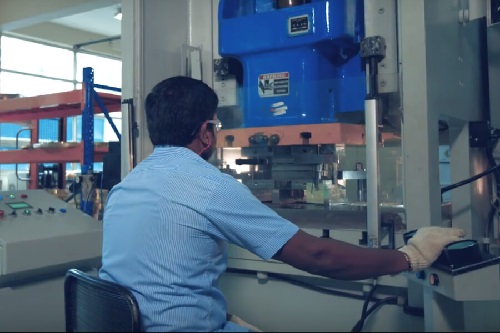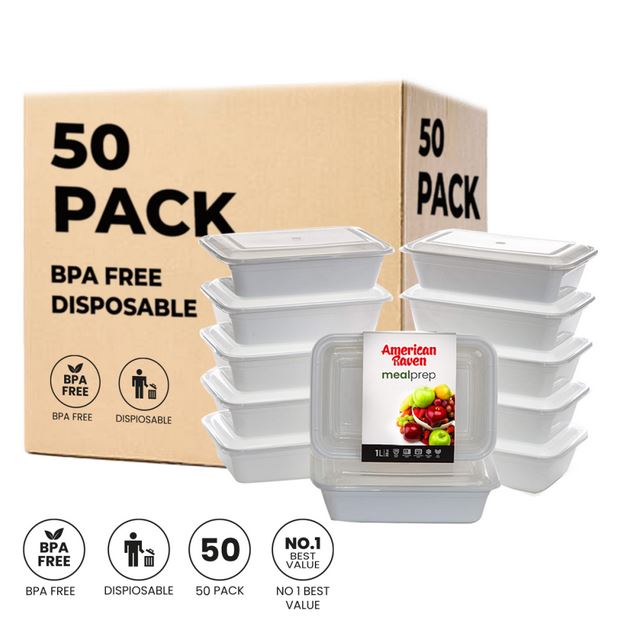Metal stamping is crucial in multiple industries. It enables the correct creation of complex metal pieces. Embossing and coining are two popular techniques. However, there are occasional misunderstandings about these techniques.
Metal is formed by coining it between two dies. Strong, accurate Pisces work well with it. Patterns are stamped on metal using embossing. You can apply textures or designs using it. It is up to the needs to decide between coining and embossing.
Every approach has benefits and applications. Learn difference between coining and embossing in this post and choose the best for you:
Coining:
A metal workpiece is compressed between two dies during the coining process, a metal stamping technique, to create a desired form or pattern. The stamped part has accurate, sharp edges due to the operation, which usually requires high pressure. Coining can produce strong, long-lasting parts with fine tolerances, so it is a good choice for applications where strength and accuracy are crucial.
One of the distinctive features of coining is the plastic deformation of the metal, which happens as the material is pushed under tremendous pressure into the die cavities. Even in difficult circumstances, the stamped part will maintain its shape and dimensional integrity because of its plastic deformation. Consequently, coining is frequently employed in producing vital parts like gears, bearings, and connectors in electronics, aerospace, and automotive sectors.
Embossing:
Embossing is a metal stamping technique that produces raised or recessed patterns on a metal workpiece’s surface. With the intended pattern engraved on the dies’ surface, this method entails pressing the material between a die and a counter die. Through embossing, metal components can be enhanced visually and physically by adding ornamental or useful features.
One of the embossing’s main features is the ability to create complex designs and textures on metal surfaces. Manufacturers can modify their products to meet specific requirements by using embossing techniques such as adding logos, serial numbers, or textured finishes. For products like consumer goods, packaging, and signage, where aesthetics and branding are crucial, embossing is the perfect choice.
Using progressive tools and components, embossing creates textures on metal surfaces with carefully applied pressure for aesthetically pleasing finishes.
Learning the Differences Between Coining and Embossing:
When learning about the difference between coining and embossing you need to know about Coining and embossing are both metal shaping techniques. It would help if you explored their differences. Coining, frequently used to make coins and medals, is pressing metal in cold temperatures to form precise shapes.
More force is needed; only the metal or its immediate surroundings experience deformation. On the other hand, embossing is a molding technique applied to metals and jewelry forms. It impacts the entire body thickness, needs less force, and aligns the direction of metal flow with the applied force.
Selecting the Appropriate Process
Manufacturers must consider the characteristics of the material, component shape, and functional needs when choosing between coining and embossing for metal stamping applications.
Embossed metal surfaces can have more creative freedom when generating decorative or textured finishes. On the other hand, coining is best at manufacturing high-strength, precisely engineered components with strict tolerances. So, at the end of the day, the choice is based on your needs.
Wrapping It Up:
In the end, the intended application and desired result of the stamped parts determine which metal stamping technique to use. By knowing the difference between coining and embossing, manufacturers can obtain the best results in their production operations and meet client expectations.




